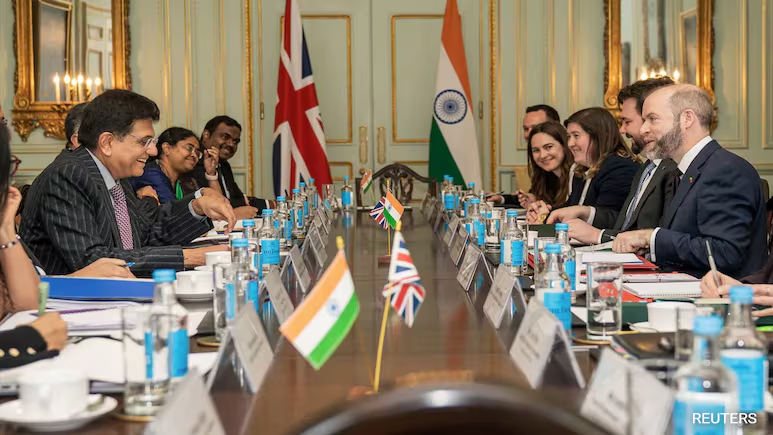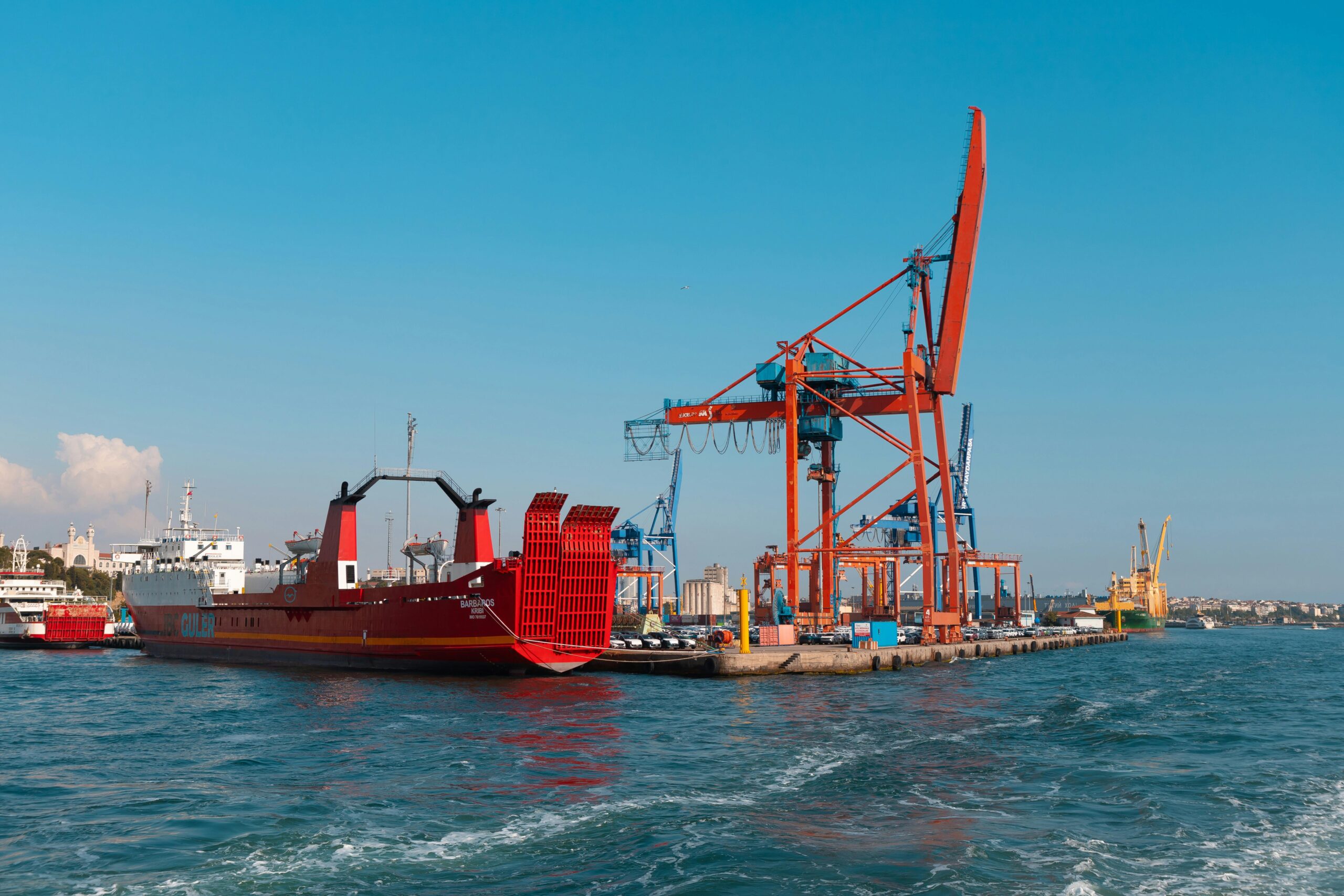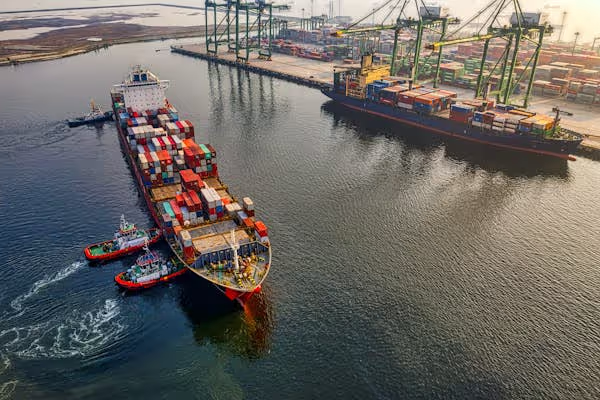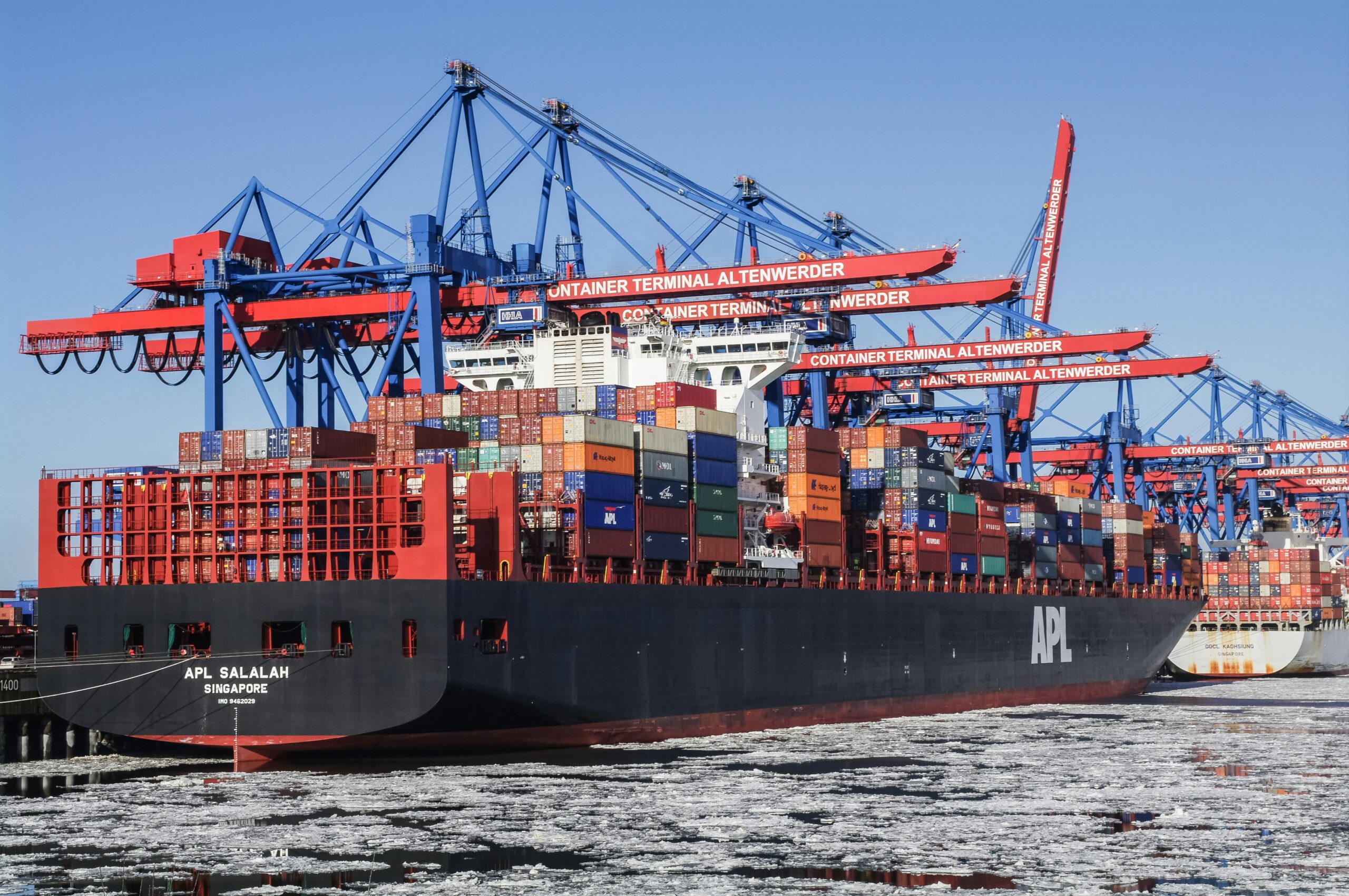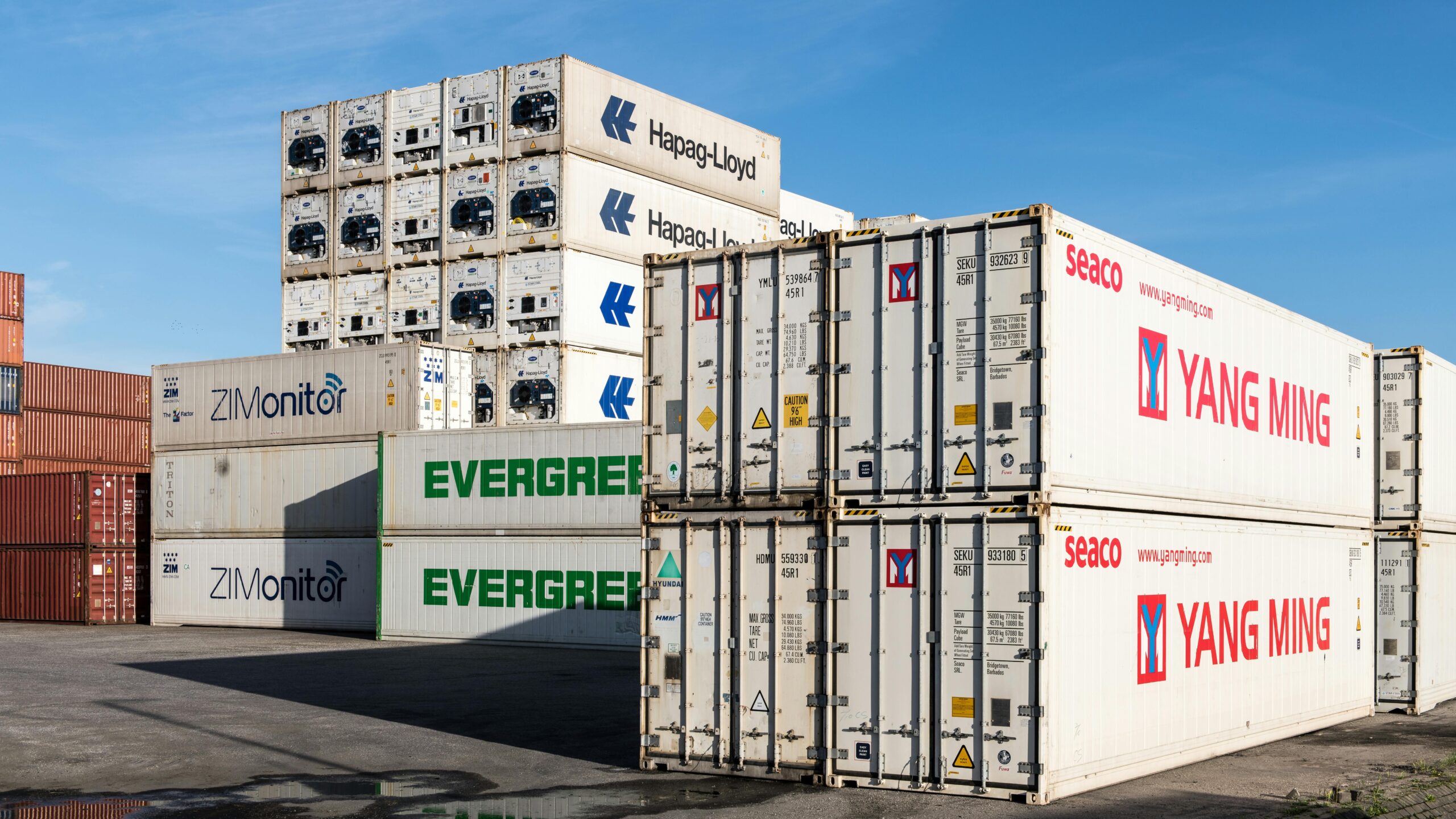A New Trade Reality for Global Importers
In 2025, the global tariff landscape is being redrawn. The UK has cemented its most ambitious post-Brexit trade deal with India, the EU has updated its customs classifications, and the United States has introduced reciprocal tariffs that are already reshaping supply chains. For importers, this is a year where policy knowledge equals profit.
This guide breaks down the current import tariff structures in the UK, EU, and India, and explains how recent trade agreements and geopolitical moves, especially the U.S. “reciprocal tariff” policy, will affect import strategy, costs, and compliance for international businesses.
United Kingdom: Strategic Liberalization via FTAs
2025 Tariff Landscape
The UK’s tariff policy is governed by the UK Global Tariff (UKGT), established post-Brexit to replace the EU’s Common External Tariff. With autonomy to sign bilateral deals, the UK has leaned into liberalizing trade, particularly with India.
Key Developments in 2025:
- The UK-India Free Trade Agreement, signed in May 2025, is projected to boost trade by over £25.5 billion annually by 2040.
- Tariff cuts on UK goods exported to India include whisky (reduced from 150% to 40%), automotive parts (from over 100% to 10%), and medical devices.
- Indian goods entering the UK now benefit from zero tariffs on 99% of products, including textiles, jewelry, seafood, and engineering goods.
- The UK continues to apply Tariff Rate Quotas (TRQs) on sensitive items like meat and dairy.
What Importers Should Know:
- Indian exporters now have a clearer price advantage in UK markets, especially in fashion, food, and consumer goods.
- UK-based importers sourcing from India should audit their SKUs for eligibility under the FTA and prepare compliance paperwork early.
- The UK’s openness contrasts sharply with the U.S. tariff tightening, making it a strategic sourcing hub in 2025.
European Union: Harmonization and Steady Protectionism
2025 Tariff Structure
The EU maintains a centralized customs regime using the Common Customs Tariff (CCT) and Combined Nomenclature (CN). The latest update, CN 2025, reclassifies hundreds of goods for more accurate tariff enforcement.
Notable Changes in 2025:
- Updated commodity codes affect several high-volume categories including electronics, textiles, food ingredients, and machinery.
- Tariffs remain moderate but are enforced rigidly, non-compliance often results in detention or fines.
- EU TRQs persist, especially in agriculture, aluminum, and steel, due to bloc-wide sustainability concerns.
- FTAs with Vietnam, Canada, and Japan offer relief for compliant importers.
What Importers Should Know:
- Always consult TARIC (EU’s online tariff database) before importing; misclassification risks are high in 2025 due to CN changes.
- Imports from India into the EU do not currently benefit from an FTA, tariff rates still apply, unlike the UK.
- Environmental and labor standards influence EU tariff enforcement, importers should anticipate non-tariff barriers increasing over time.
India: Protectionism Refined by Strategic Openness
Domestic-First but Trade-Enabled
India’s 2025 Union Budget unveiled a streamlined tariff regime, aiming to boost domestic manufacturing while engaging globally via FTAs.
Key Highlights:
- Tariff rate slabs have been reduced from 14 to 8, eliminating excessively high brackets (150%, 125%).
- Focused duty reductions for renewable energy, electronics, auto parts, and capital goods support “Make in India” objectives.
- The UK-India FTA enables Indian exporters to ship goods to the UK at zero or minimal tariffs on 99% of categories.
- India maintains import duties on luxury and non-essential goods, especially from non-FTA countries like the U.S.
What Importers Should Know:
- Indian manufacturers can compete better globally, especially in UK markets, due to FTA duty elimination.
- However, U.S. reciprocal tariffs now apply to Indian goods, meaning exporters targeting the U.S. may face higher costs and delayed clearances.
- Importers into India must recheck customs duty classifications, especially for electronics and packaged consumer goods, under the revised slabs.
U.S. “Reciprocal Tariff” Policy: A Wildcard for India and UK Trade
In April 2025, the White House implemented a Reciprocal Tariff Framework, imposing elevated import duties on countries with significant trade surpluses against the U.S., including India and China.
Key Provisions:
- India’s exports to the U.S. face retaliatory tariffs on goods like textiles, steel, and chemicals.
- UK exports are less affected due to closer regulatory alignment and defense cooperation, but specific product categories still face review.
Strategic Takeaways for Importers:
- Importers should diversify supply chains away from India for U.S.-bound goods, especially in high-tariff sectors.
- Consider the UK or EU as alternative bases for re-routing U.S. exports via subsidiaries (where legally permissible).
- For India-focused exporters, the UK market offers a faster and cheaper entry point than the increasingly protectionist U.S.
Comparative Snapshot: UK vs. EU vs. India (2025)
| Factor | United Kingdom | European Union | India |
|---|---|---|---|
| Primary Tariff System | UK Global Tariff (UKGT) | Common Customs Tariff (CCT) + CN | Revised BCD (Budget 2025) |
| Major 2025 Change | UK-India FTA; reduced import duties | CN 2025 updates; moderate changes | Duty slab reduction; sector-specific reliefs |
| FTA Benefits | Broadest, India, Australia, CPTPP | Strong but selective FTAs | Key FTAs: UK, UAE, Australia |
| Exposure to U.S. Tariffs | Moderate | Low to Moderate | High (reciprocal tariffs from U.S.) |
| Importing Strategy | FTA-aligned sourcing; monitor TRQs | Strict classification; consider labor clauses | Focus on local production; export to UK/EU |
Final Thoughts: Importing in 2025 Requires Foresight
This year, importers must move beyond just calculating landed costs. The real differentiators in 2025 are:
- FTA intelligence: Know where you can leverage duty-free access.
- U.S. policy monitoring: Tariff retaliation is real and dynamic.
- Compliance agility: Misclassification and TRQ overages are more expensive than ever.
The UK stands out as a liberalizing trade hub, especially in comparison to U.S. tariff tightening. The EU remains steady but complex. India is selectively open, supporting domestic growth while cautiously participating in global trade.
How Commenda Supports Global Importers
If you’re navigating trade across multiple jurisdictions, you need a partner that handles both compliance and complexity.
Commenda helps you:
- Automate VAT and customs filings across the UK, EU, and India
- Analyze product tariff codes with built-in classification tools
- Track FTA eligibility and TRQ usage
- Maintain entity compliance with evolving cross-border laws
Build your 2025 import strategy with confidence. Start with Commenda.
